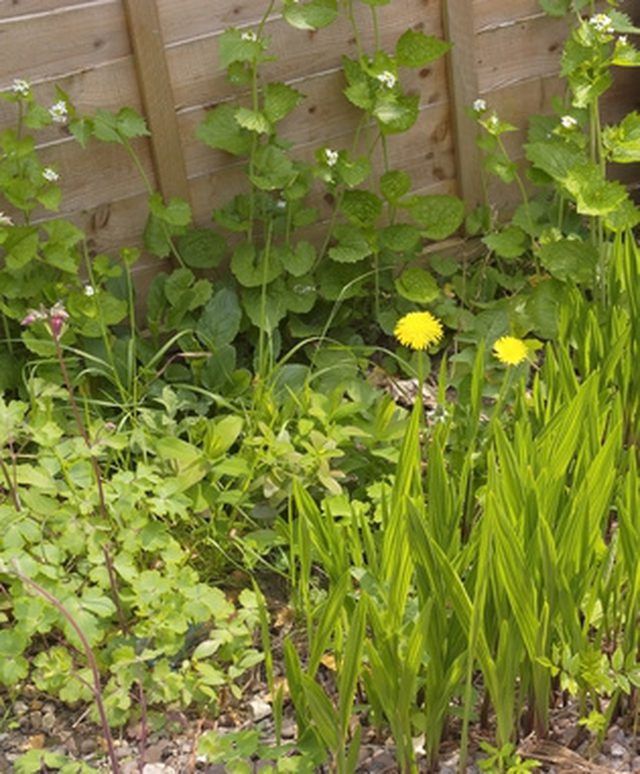Bulbs
Flower Basics
Flower Beds & Specialty Gardens
Flower Garden
Garden Furniture
Garden Gnomes
Garden Seeds
Garden Sheds
Garden Statues
Garden Tools & Supplies
Gardening Basics
Green & Organic
Groundcovers & Vines
Growing Annuals
Growing Basil
Growing Beans
Growing Berries
Growing Blueberries
Growing Cactus
Growing Corn
Growing Cotton
Growing Edibles
Growing Flowers
Growing Garlic
Growing Grapes
Growing Grass
Growing Herbs
Growing Jasmine
Growing Mint
Growing Mushrooms
Orchids
Growing Peanuts
Growing Perennials
Growing Plants
Growing Rosemary
Growing Roses
Growing Strawberries
Growing Sunflowers
Growing Thyme
Growing Tomatoes
Growing Tulips
Growing Vegetables
Herb Basics
Herb Garden
Indoor Growing
Landscaping Basics
Landscaping Patios
Landscaping Plants
Landscaping Shrubs
Landscaping Trees
Landscaping Walks & Pathways
Lawn Basics
Lawn Maintenance
Lawn Mowers
Lawn Ornaments
Lawn Planting
Lawn Tools
Outdoor Growing
Overall Landscape Planning
Pests, Weeds & Problems
Plant Basics
Rock Garden
Rose Garden
Shrubs
Soil
Specialty Gardens
Trees
Vegetable Garden
Yard Maintenance
How Much Urea Do You Put in the Garden?
How Much Urea Do You Put in the Garden?. Urea is a synthetic fertilizer that is high in nitrogen, one of the three essential nutrients for plants. In fact, nearly half of urea's weight -- 45 to 46 percent -- is nitrogen. Nitrogen encourages leaf and stem growth, but too much can inhibit fruiting or cause leaf burn.

Urea is a synthetic fertilizer that is high in nitrogen, one of the three essential nutrients for plants. In fact, nearly half of urea's weight -- 45 to 46 percent -- is nitrogen. Nitrogen encourages leaf and stem growth, but too much can inhibit fruiting or cause leaf burn.
Expert Insight
The National Gardening Association recommends one-quarter to one-half pound of actual nitrogen per 100 square feet of vegetable garden. For strawberries, the West Virginia University Extension Service recommends one-third cup of complete urea for a 100-foot row; for raspberries, the recommendation is twice as much.
Considerations
Measurements for "actual" nitrogen refer to the specific nutrient, which for urea will be about 45 percent of the weight of the purchased urea. Commercial fertilizers are labeled with three numbers, the first of which is nitrogen; for urea, the second two numbers -- representing phosphorus and potassium -- are normally zero.
Types
Urea's high potential for leaf burn can be offset by using it in solution, by using synthetic blends -- such as methylene urea -- or by using urea coated by another substance, such as resin or sulfur. These variations retain urea's high-nitrogen content but in a slower-release form. You could apply them more generously.